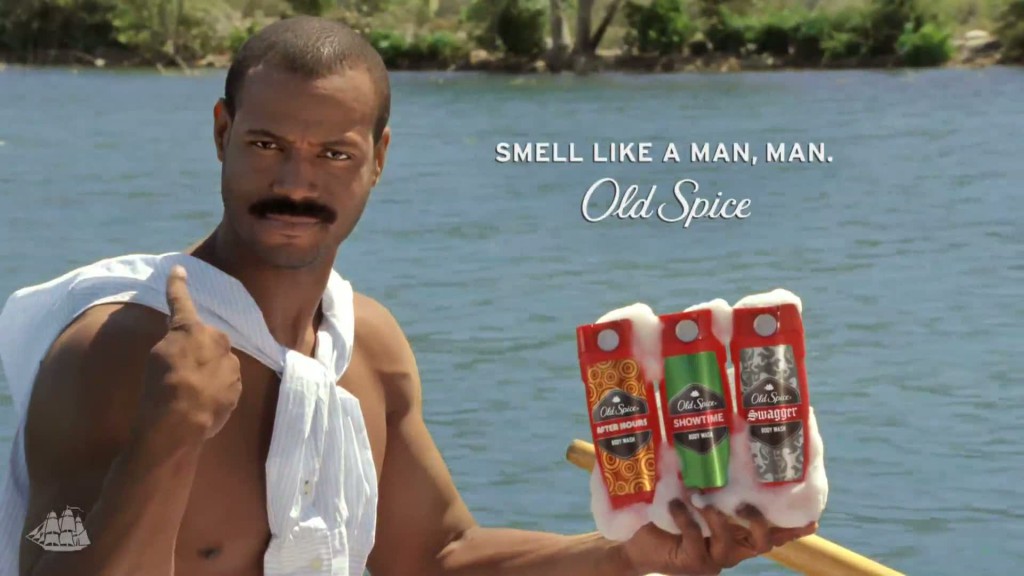I’ve always liked the history behind Silly Putty. Originally a failed attempt at synthetic rubber discovered around 1943, no one ever found a use for it until 1949 when a marketing consultant and a toy shop owner bought a batch. It was then marketed to adults and in 1957; a commercial for the pink goop was made for the Howdy Doody Show, leading to Silly Putty’s overnight success.
Fourteen years separated Silly Putty’s discovery and breakthrough moment, and over the course of those years, it was reinvented and remarketed over and over. That’s why I love the history of Silly Putty so much – it proves how important tenacity and experimentation are to a product’s success. If something isn’t working in your business, change it until it does. And even though Silly Putty’s story happened over sixty years ago, modern businesses are still proving how useful reinventions can be.
1. Netflix
Before video streaming, Netflix’s success was rooted in convenience. Go online, order a movie, and it’ll be at your door the next day. Netflix’s growth, however, occurred alongside a serious shift in consumer habits, and DVD sales plummeted as many flocked to online streaming. Netflix decided to adapt and ride the trend, adding instant streaming in 2007. However it couldn’t give up physical DVD rentals without losing a huge chunk of its back catalogue. To make matters worse, Netflix made a very controversial decision in 2011 to up the price for subscribers that wanted to stream and receive DVDs by mail. Stock prices plummeted but, undeterred, Netflix reinvented itself, this time into its own studio. The company started producing its own content, and the critical acclaim that original programming like House of Cards and Orange is the New Black received boosted their subscriber numbers and got the company back on track.
2. Old Spice
Old Spice has been around since the 1930’s, so when Procter & Gamble bought the brand in the early nineties, they had a lot of baggage to deal with. Old Spice was popular among older men, but it needed to be re-imagined if it was going to continue to survive and grow. P&G, however, did something very interesting with Old Spice– rather than abandon its seven decades of history for extreme sports branding, it used its history to target a new market. “Experience is Everything.” Their mascots and commercials were assertive, rather than blatantly sexist (á la Axe), because P&G inherited a rugged, albeit aged, brand with Old Spice. And, by moving away from its grayer market to younger consumers, Old Spice was able to carve out 38% of the market share for men’s deodorant.
3. LEGO
LEGO’s first bout with stagnation hit in the mid-90’s after LEGO reached the limits of its growth –after all, there is only so much space in toy stores and kids to shop there. Despite this, LEGO made a poor decision in attempting to re-invigorate growth by tripling its product line. Costs skyrocketed, and sales continued to stagnate. By 2004 the company was facing bankruptcy. LEGO sold off everything that wasn’t vital to its core product, and began again from brick one. Instead of making twenty different types of toys, they refocused the product line so that everything they rolled out was built around the LEGO brick. They also began to target adults – a demographic that had grown up with the brand, and were in a position to buy complex models. Thanks to these moves helping to slash costs and refocus the brand, LEGO has been posting phenomenal growth.
4. Domino’s Pizza
In 2009, Domino’s had a serious problem. Sales had slumped, and a consumer survey found ranked Domino’s dead last among national pizza chains. In order to reclaim market dominance, the pizza chain had to completely change the recipe of its core product. And it did so spectacularly. Domino’s started a campaign of self-critique, admitting that their pizza wasn’t good, and promising to change. The honesty of the campaign caught a lot of people by surprise and, when they unveiled the new recipe, customers were dying to try it. After changing, Dominos posted a 14.3% increase in quarterly profits and, since implementing these changes, the company’s stock has grown 400%.
But what do these cases teach us about business and brand reinvention? First, if you have a good product, don’t abandon it simply because it isn’t selling. Be willing to experiment with your product or service, watch for changes in the market and, above all else, adapt when needed. Brand survival is dependent on adaptability. In the event your business is in need of a fresh adaptation for the New Year, take a cue from these four successful businesses, and reinvent your own company if needed.
Deborah Sweeney is the CEO of MyCorporation.com. MyCorporation is a leader in online legal filing services for entrepreneurs and businesses, providing start-up bundles that include corporation and LLC formation, registered agent, DBA, and trademark & copyright filing services. MyCorporation does all the work, making the business formation and maintenance quick and painless, so business owners can focus on what they do best. Follow her on Google+ and on Twitter @deborahsweeney and @mycorporation.
Image Credit: www.coloribus.com, www.marketscape.com , www.campusdish.com








